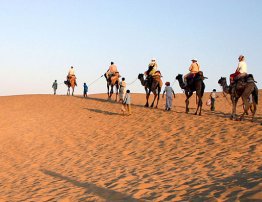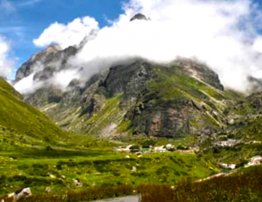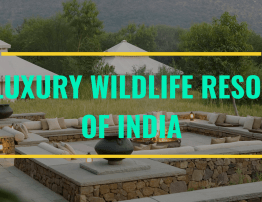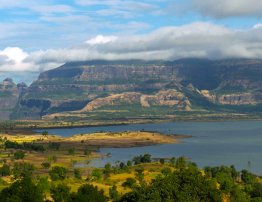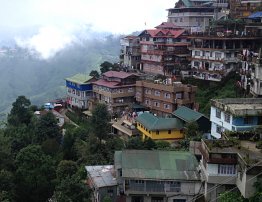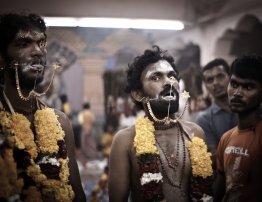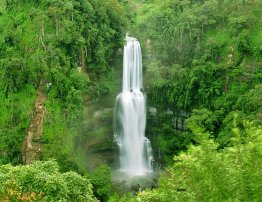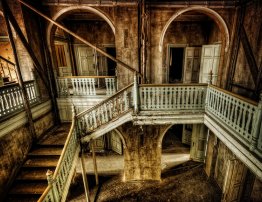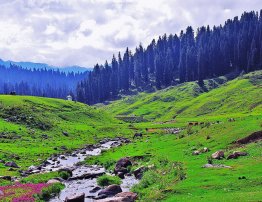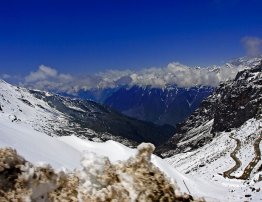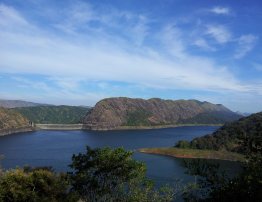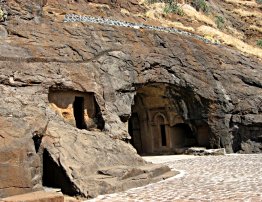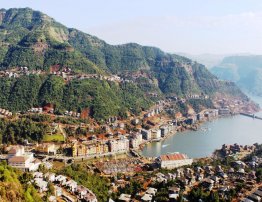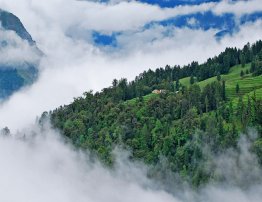Leh
Introduction:
Leh is located in the Indus river valley at a crossroads of the old trading routes from Kashgar, Tibet, and Kashmir. Its importance as a trading town slowed down with the partition of British India, It's a small town, easy to get to most places by foot. The old town is a compact area of mud brick houses and narrow lanes directly to the east of Main Bazar. Changspa is the agricultural "suburb" northwest of the center, with many guesthouses.
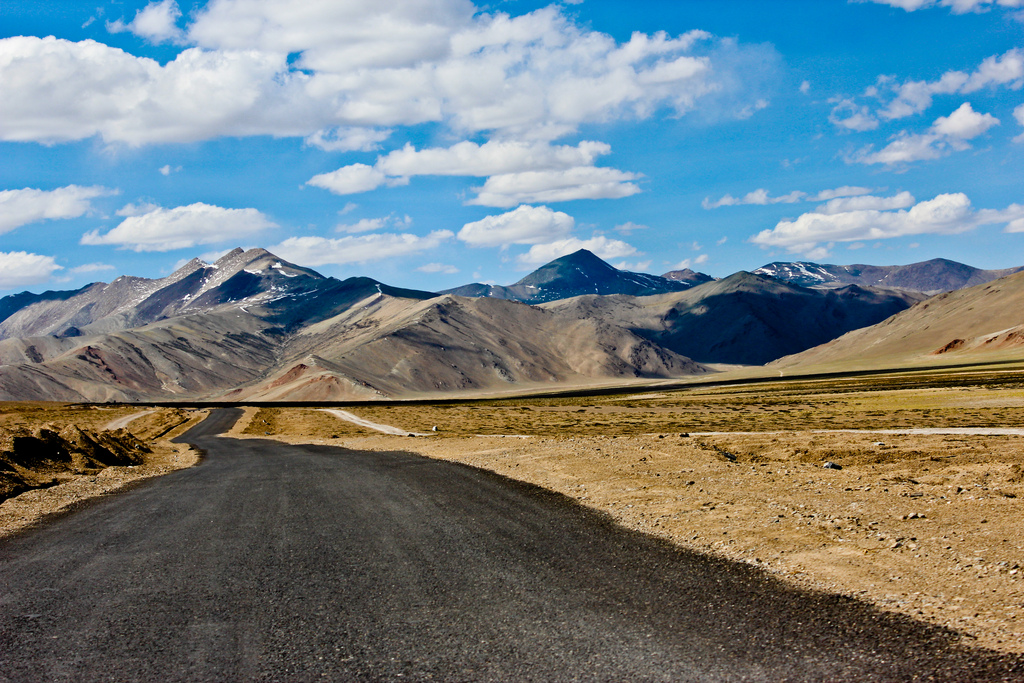
Leh
Destination Facts:
Location: Jammu and Kashmir, District- Leh.
Altitude: 3,500 meter (11,500 ft.)
Area: 45,110 sq km (17,420 sq mi)
Temperature: (Summer 5 to 40°C) & (Winter -14 to 24°C)
Languages spoken: Ladakhi, Hindi, Urdu and English.
Getting there:
Nearest Airports: Kushok Bakula Rimpochhe Airport 6Km away
Main Railway Station: Jammu is the nearest railway station, which is about 734 km from Leh.
Main Bus Station or Road: Bus from Srinagar and Manali is Provided.
Distance of a few Major Towns from Leh:
Zanskar-184km, Manali -453km, Chamba-518km.
Eating Around:
Lots of dry fruits and spices are used to provide an exotic aroma and special flavor to the food. Roghan Josh, Yaknee, Gushtaba and Marchwangan Korma are some the special non-vegetarians dishes that one can try here.
Places of Tourist interest:
Shanti Stupa :
Shanti Stupa is a Buddhist white-domed stupa (chorten) on a hilltop in Chanspa, Leh district, Ladakh, in the north Indian state of Jammu and Kashmir. It was built in 1991 by Japanese Buddhist Bhikshu Gyomyo Nakamura. The Shanti Stupa holds the relics of the Buddha at its base, enshrined by the 14th Dalai Lama himself. The stupa has become a tourist attraction not only due to its religious significance but also due to its location which provides panoramic views of the surrounding landscape.
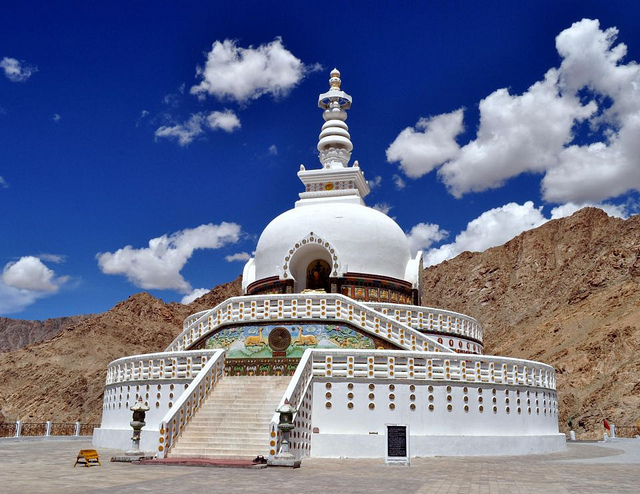
Shanti Stupa-Leh
Leh Palace :
Leh Palace is a former royal palace overlooking the Ladakhi Himalayan town of Leh. Modelled on the Potala Palace in Lhasa, Tibet, the palace was built by King Sengge Namgyal in the 17th century. It is nine storeys high; the upper floors accommodated the royal family, while the lower floors held stables and store rooms. The palace is open to the public and the roof provides panoramic views of Leh and the surrounding areas. The mountain of Stok Kangri in the Zangskar mountain range is visible across the Indus valley to the south, with the Ladakh mountain range rising behind the palace to the north.
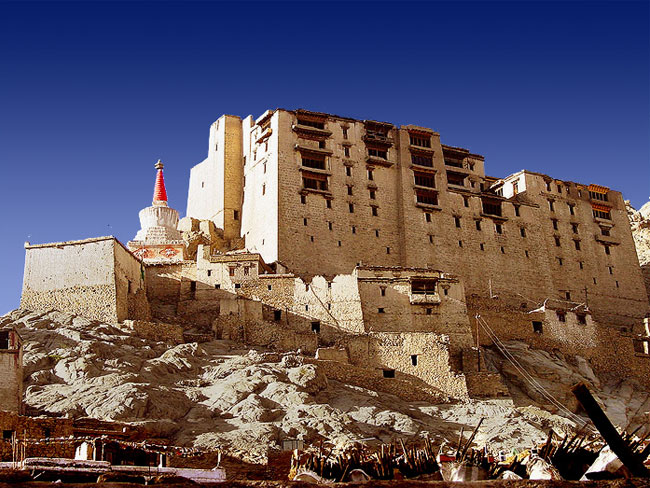
Leh Palace
Jama Masjid:
Jama Masjid is one of the historical mosques in Ladakh, which is situated in the heart of Leh, the capital of the state. It is considered to be the biggest mosques in the region and houses a memorial known as Shahi Hamdan. This memorial is dedicated to a Muslim Sufi Saint named Mir Syed Ali Hamdani.
Sun Temple:
Sun Temple is a very famous temple in Ladakh, which is dedicated to the Sun God, Bhaskar. It is a medieval temple, which was constructed by King Lalitaditya for commemorating the Sun God. It was also built using hard and square limestone, which acts as a reminder of the architectural style of the bygone era.
Hemis Monastery :
Hemis Monastery is popularly known as Hemis Gompa, which was built during the reign of King Sengge Namgyal in 1630. Presently, this Gompa is run by Drukpa sect of Buddhism, which once flourished during the Namgyal dynasty. There are two main portions in the monastery, namely Tshongkhang and Dukhang. Visitors can see beautiful wall paintings in the veranda of this Gompa that depict the 'Kalachakra' and the 'Lords of the Four Quarters'.
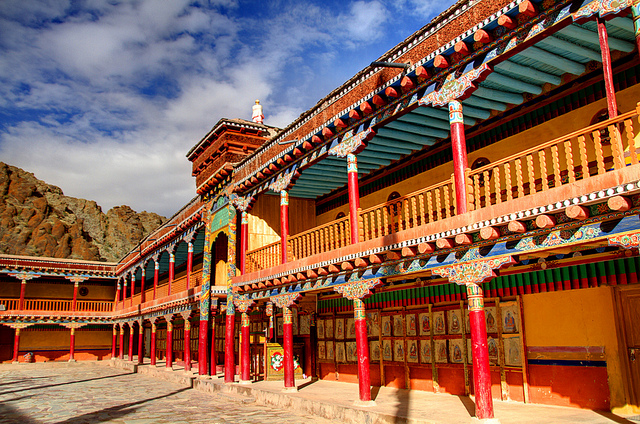
Hemis Monastery-Leh
Suru Valley:
Suru Valley is mainly drained by the Suru River and houses the main town of Kargil. There are approximately 25,000 people in this valley, who are descendants of Dard and Tibetan communities. Large numbers of local population are followers of Shia Islam, who were converted from Tibetan Buddhism in the 16th century. Tourism in this valley is very limited and majority of the travelers go to the nearby places like Zanskar and Padum. The tourist facilities in the region are not good and visitors have to find accommodation in the summer tent camps in Rangdum.

Suru Valley
Padum:
Padum is one of the largest towns in the region, which is mainly populated by Tibet Buddhists and minority of Muslims. It is the main administrative centre of Zanskar tehsil of Kargil District. This place is around 240 km away from Kargil and has a population of about 1,000 people.
Getting around the destination:
Continues bus facility is provided to get around the destination in Leh.
Shopping Areas & Entertainment:
Ladakh Art Palace, Buddhist Thangka House.
Best time to visit:
June to September is the best time to visit.
Festivals:
Ladakh Festival is a weeklong cultural festival and promotes Ladakh's unique heritage.
Hemis Festival one of the most popular event held in the month of June or sometimes in July.
 Use Coupon code
Use Coupon code


